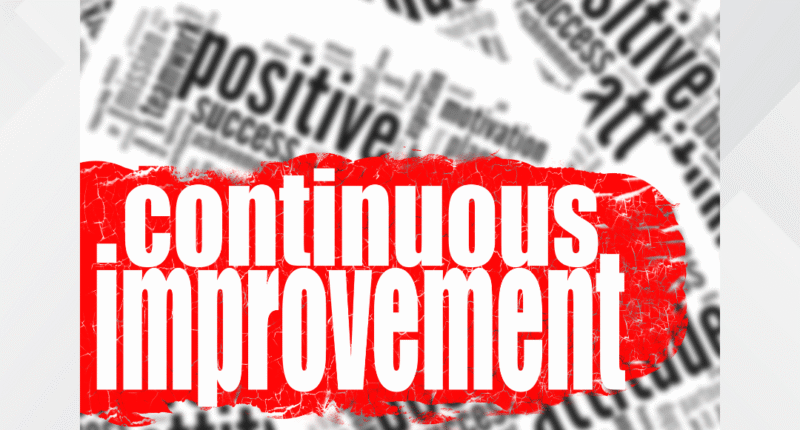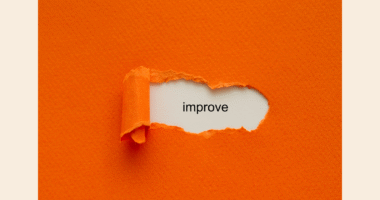Kaizen, the philosophy of continuous improvement, can significantly enhance efficiency, reduce waste, and boost productivity when applied correctly. However, many organizations struggle with implementing Kaizen effectively due to common mistakes. Understanding these pitfalls can help businesses maximize the benefits of Kaizen and foster a culture of sustainable improvement.
1. Lack of Leadership Commitment
Without strong support from leadership, Kaizen initiatives often fail. Leaders must actively participate, communicate the importance of improvement, and provide necessary resources. Avoid this mistake by modeling Kaizen behavior and demonstrating a genuine commitment to continuous improvement.
2. Ignoring Employee Involvement
Kaizen thrives on employee engagement. Failing to involve frontline staff in identifying problems and suggesting solutions limits the potential for improvement. Encourage collaboration and recognize contributions to maintain motivation and participation.
3. Focusing Only on Large Changes
Kaizen emphasizes small, incremental improvements rather than massive overhauls. Many organizations mistakenly pursue large-scale changes, which can be costly and disruptive. Focus on gradual enhancements that accumulate into significant results.
4. Not Standardizing Improvements
Implementing changes without standardizing them leads to inconsistency and regression. Every successful improvement should be documented, communicated, and incorporated into standard operating procedures (SOPs) to ensure sustainability.
5. Poor Measurement and Monitoring
Without clear metrics, it’s difficult to assess the impact of Kaizen initiatives. Organizations often fail to track key performance indicators (KPIs) like cycle time, defect rates, and efficiency improvements. Establish measurable goals and monitor progress regularly.
6. Resistance to Change
Employees may resist Kaizen due to fear of disruption or skepticism. Overcome this by building a culture of trust, providing training, and clearly explaining the benefits of continuous improvement. Gradual implementation and open communication help reduce resistance.
7. Lack of Focus on Waste Elimination
Kaizen is designed to reduce waste (muda) in all forms, including time, materials, and motion. Some organizations focus only on efficiency gains without targeting waste. Conduct regular waste audits and prioritize activities that eliminate non-value-added steps.
8. Treating Kaizen as a One-Time Initiative
Many businesses mistakenly treat Kaizen as a short-term project rather than an ongoing philosophy. Continuous improvement requires long-term commitment, regular evaluation, and adaptation. Embed Kaizen into daily operations and organizational culture to sustain results.
Implementing Kaizen Successfully
Avoiding these common mistakes is essential for successful Kaizen implementation. By securing leadership support, engaging employees, standardizing improvements, and monitoring progress, businesses can maximize the benefits of continuous improvement. When applied correctly, Kaizen fosters a culture of efficiency, quality, and long-term operational excellence.









